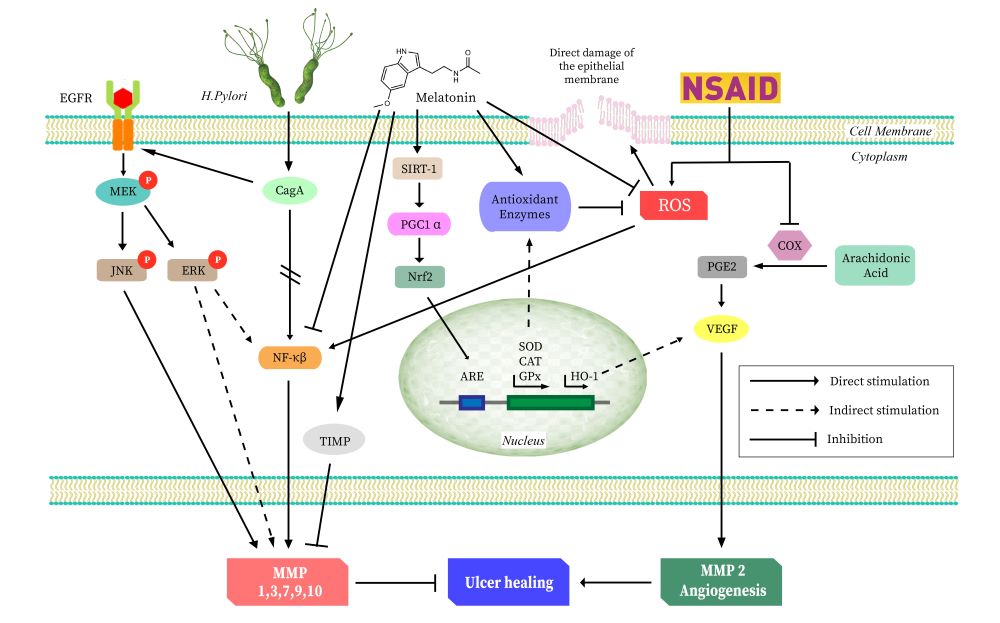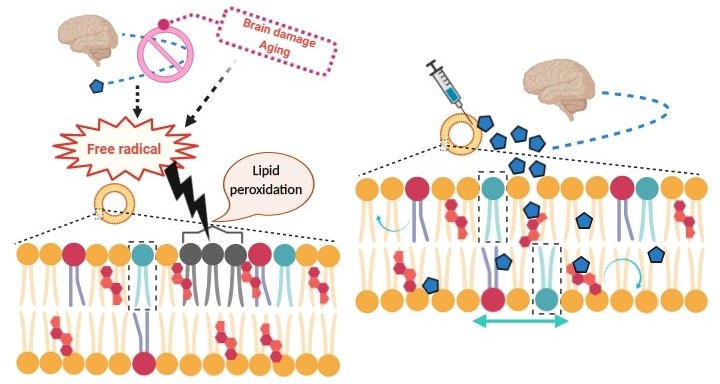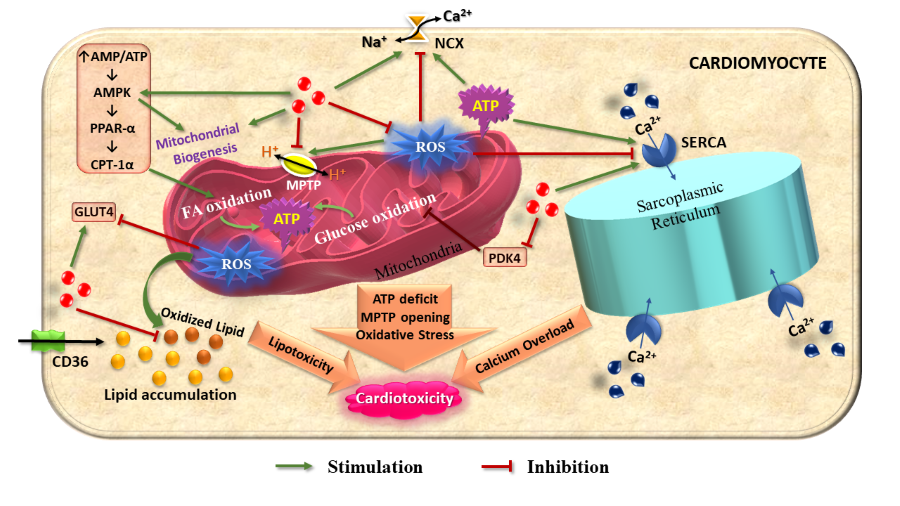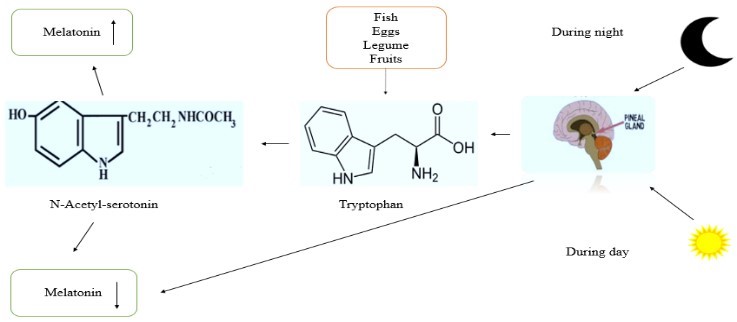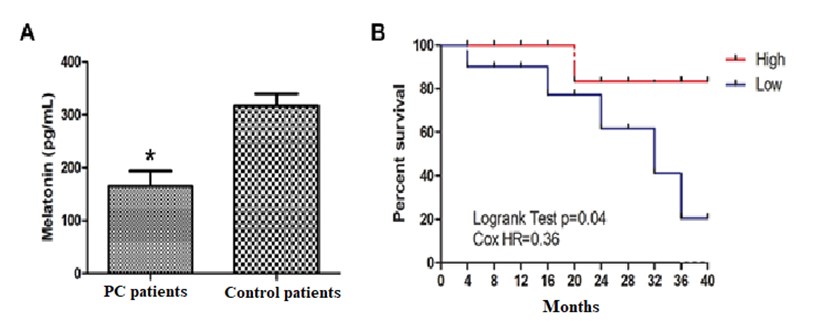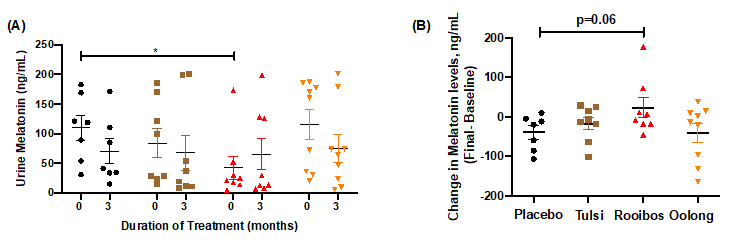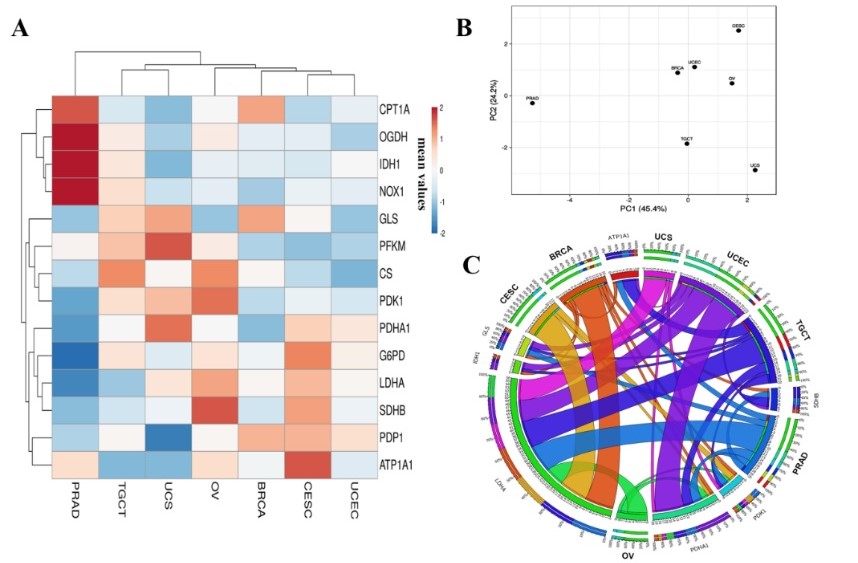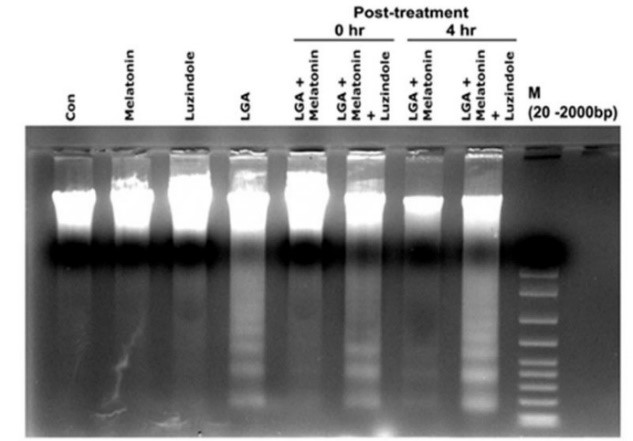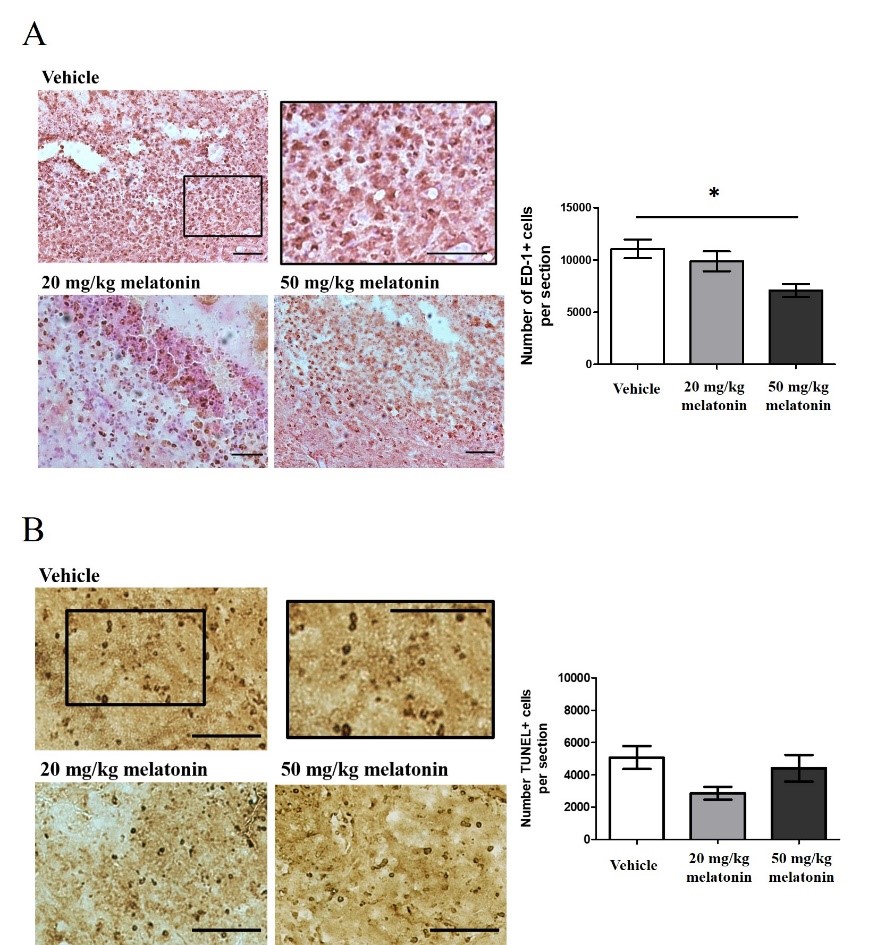
The neuroprotective effects of melatonin have been frequently studied in different pathological animal models. In some models, melatonin exhibits profound benificial effects, but in others, these actions are limited depending on the nature of the pathology and the species used. In the current issue, two reports have further investigated this issue from different perspectives. Haque et al. used cultured rat spinal cord slices and challenged them with L-glutamic acid to mimic spinal cord injury (SCI) related neuron loss. The authors observed that melatonin treatment significantly reduced cellular apoptosis and prevented penumbral neuron loss following SCI. This protective effect of melatonin was mediated by MT1/2 membrane receptors. In another study, Leung and Cheung directly injected type IV collagenase into the right striatum of rats to create intracerebral hemorrhage (ICH) pathology which is a severe form of stroke with a high mortality rate and also an important cause of permanent disability. Melatonin treatment at the dose of 50 mg/kg reduced the perihematomal microglial activation but had no effect on the size of hematoma. The microglial activation is a key factor in determing the prognosis of ICH. As a result of melatonin treatment, the neurological functions of the rats after ICH also were significantly improved. These two studies provide additional evidence that addresses the importance of melatonin in protecting against neurological pathology. We hope that these novel observations, along with those published earlier, will stimulate enthuasiam for investigations into the multipe benefits of melatonin in reducing neuropathologies including consideraton of human trials.
